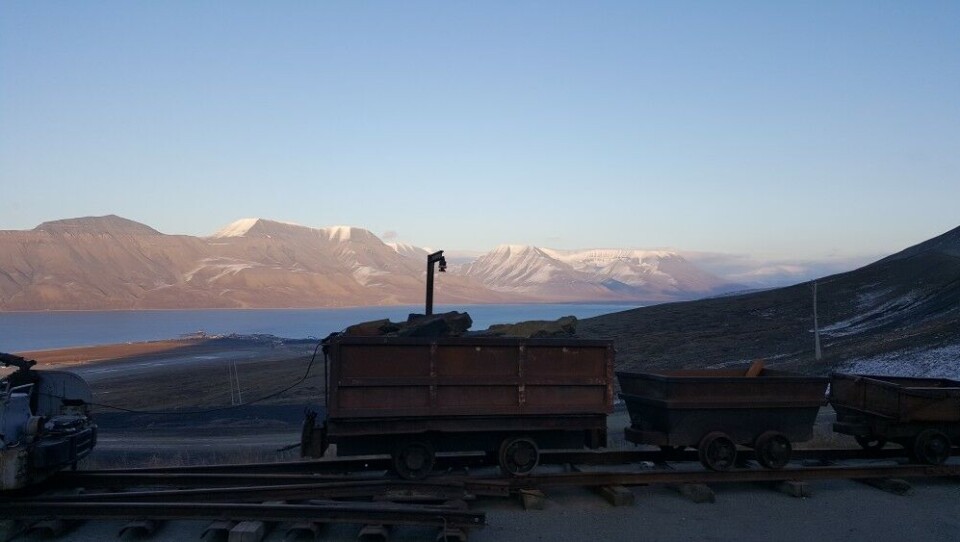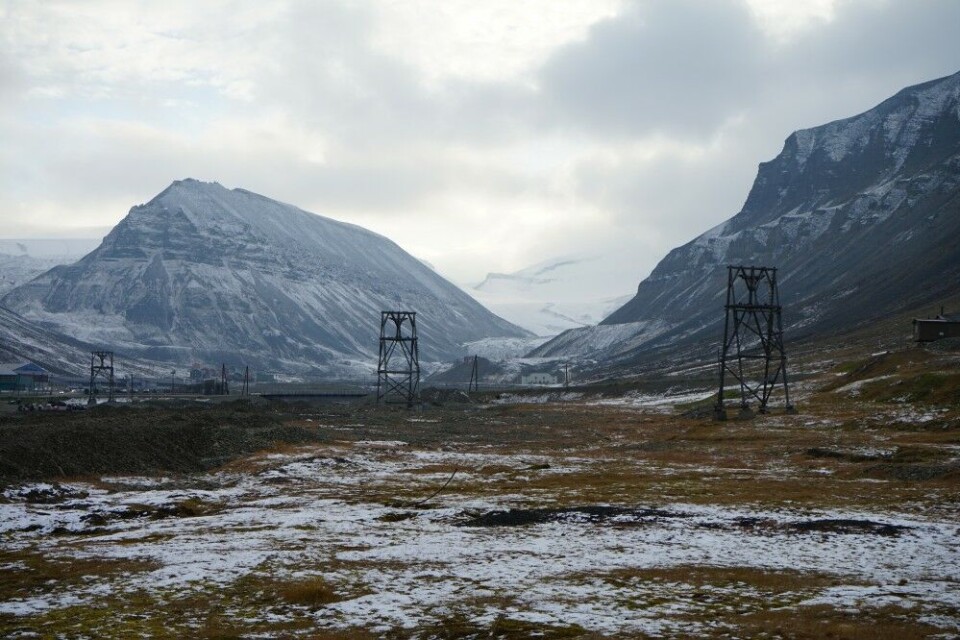
Norway prolongs coal mining at Svalbard until 2025
Production will continue for two more years than previously decided.
“The coal will be used in production of steel in Europe,” says Minister of Industry, Jan Christian Vestre in a prepared statement.
He argues that there are serious uncertainties in regard to European industries’ access to critical raw materials, including the production of steel. The war in Ukraine causes an extraordinary situation.
“Norway will take its share of responsibility to secure supply of raw materials,” Vestre says.
The majority of the coal export from Svalbard will be used for reductions in steel mills and not to be burned in power plants in Europe.
Mine No. 7 is located some 15 kilometers southeast of Longyearbyen and is the only remaining Norwegian-operated coal mine in the Arctic archipelago. The mine supplies the local coal-power plant with about 30,000 tons of coal annually, while another 80,000 tons are exported to customers in the European metallurgical and chemical industry.

Additional to Norway, a Russian state-owned coal mine is operated in Barentsburg.
In 2020, Mine No. 7 was flooded by water from an above melting glacier. The first water penetration was discovered the day after temperatures in the area reached a record hit of 21,7°C. Production was halted from late July to early November that year.
Svalbard sees the most extreme increase in temperatures due to global climate changes.
The region around the northern Barents Sea has over the last years seen a warming that is 2 to 2,5 times higher than average in the Arctic and 5 to 7 times higher than global average, according to the Norwegian Meteorological Institute.
This June, average temperature at Svalbard airport Longyearbyen was 6,0°C, which is 2,4°C above average for June and the warmest ever recorded.
















